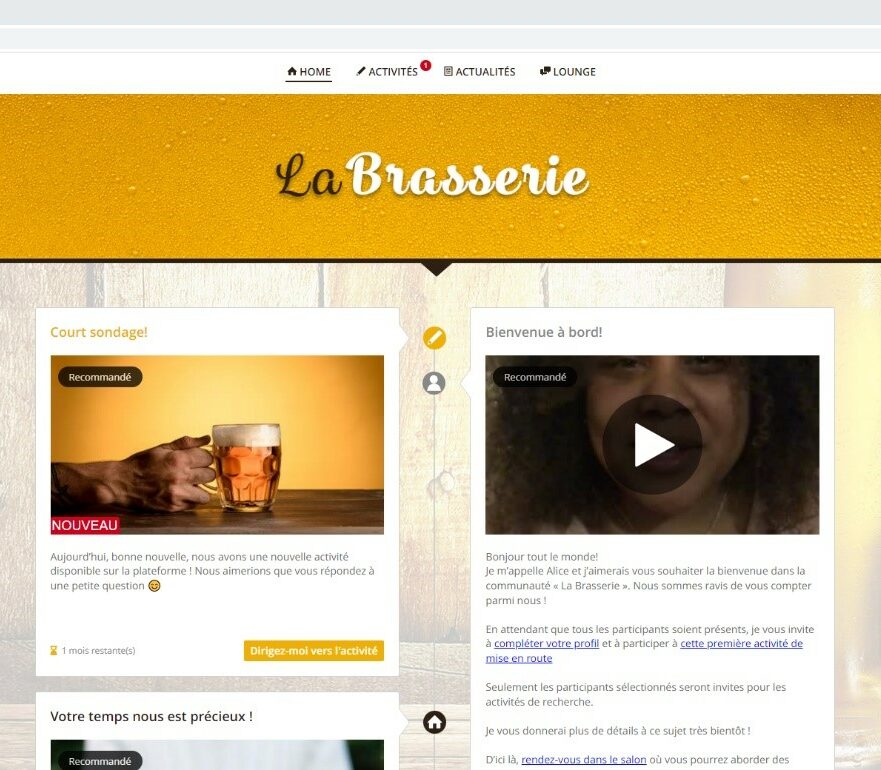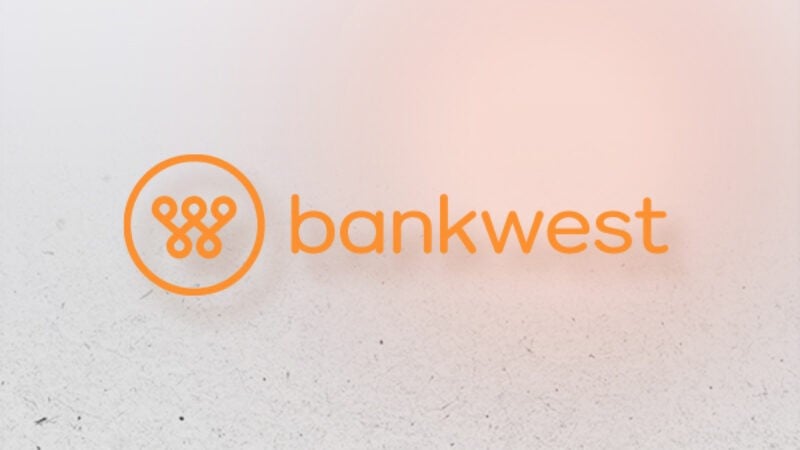
Brand Religions
Simplifying the world of marketing, grouping the most popular books, frameworks and beliefs in different schools of thoughts or ‘brand religions’. So what is your brand religion and are you measuring brand success the right way?
Request your download





